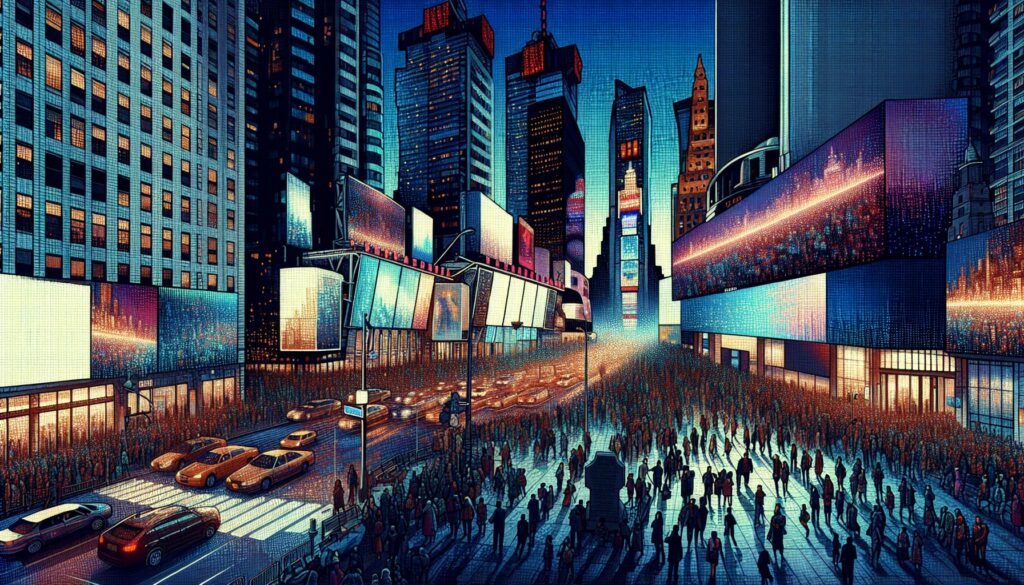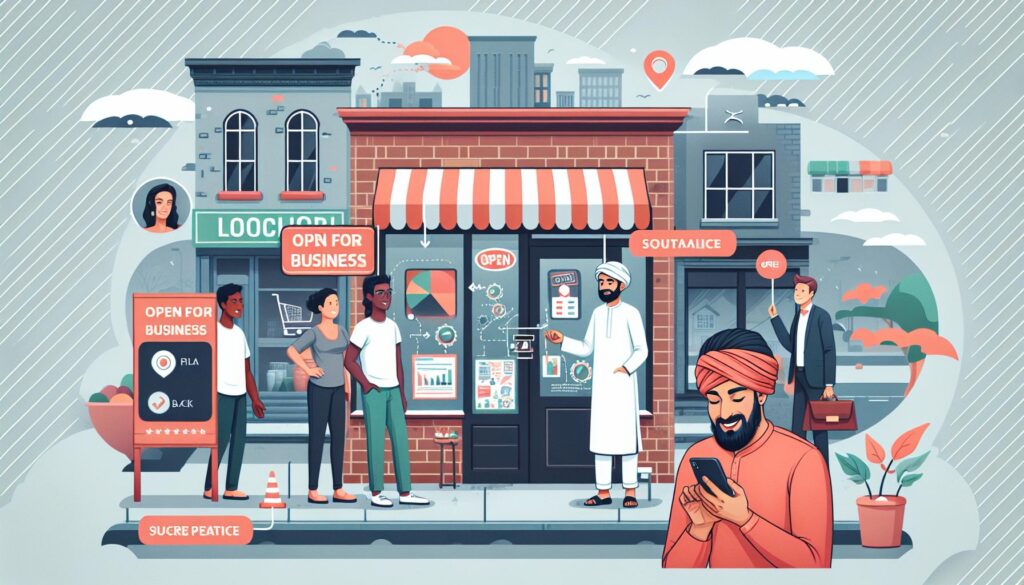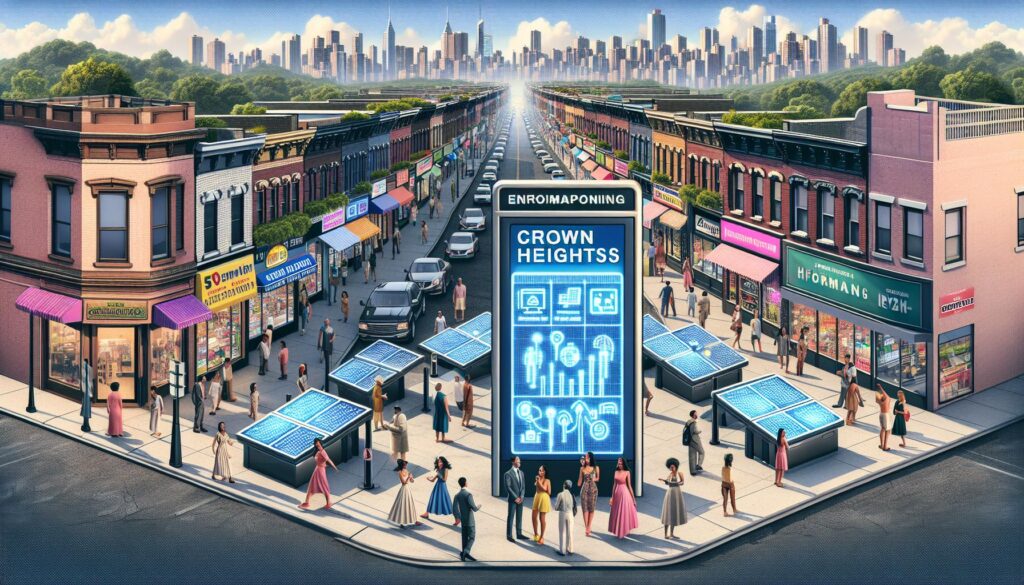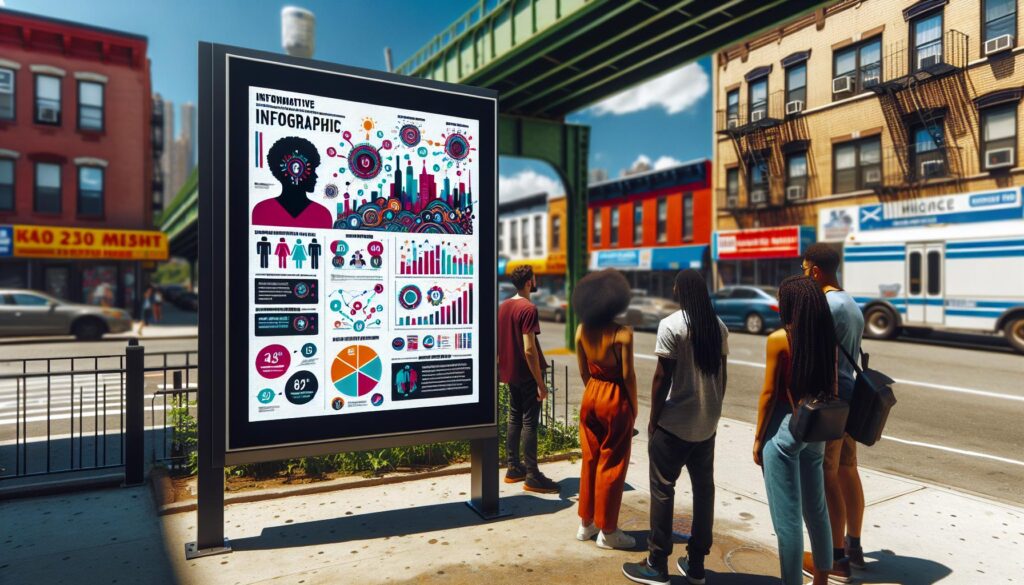In the bustling heart of New York, screens have become more than just digital displays; they’re a vibrant part of the city’s landscape. From towering billboards in Times Square to interactive installations in museums, NY screens captivate and engage millions.
You’ve likely seen images or videos, but experiencing these iconic displays firsthand is a whole different story. They’re not just about advertising or information; they’re an integral part of New York’s cultural and social fabric. Let’s dive into the world of NY screens and discover what makes them so unique and mesmerizing.
History of NY Screens
New York City’s streets have long been illuminated by the glow of dynamic screens, each telling a story of the city’s vibrant character. The evolution of these screens, from simple billboards to complex digital displays, mirrors the city’s own transformation over the years.
In the early 1900s, electric billboards began dotting the landscape of Times Square, ushering in an era where advertising could reach the masses like never before. These early screens were simplistic, relying on incandescent light bulbs to create images and text. Despite their rudimentary nature, they marked a significant shift in how businesses communicated with potential customers.
By the mid-20th century, neon technology took center stage, bathing New York in its distinctive, colorful glow. Neon screens offered more flexibility in design and were pivotal in creating the iconic look that Times Square is known for today. The 60s and 70s saw the rise of mechanical billboards, with movable parts adding a dynamic component to advertisements.
The advent of LED technology in the late 20th century revolutionized NY screens, allowing for brighter, more energy-efficient displays that could easily be updated with new content. This era also saw the rise of interactive installations, where passersby could engage directly with the content, further blurring the lines between advertising, art, and public participation.
Today, digital screens in New York are more than mere advertisements; they’re a canvas for artistic expression and a platform for social engagement. From towering billboards in Times Square showcasing the latest trends, to interactive displays in museums and public spaces inviting viewer participation, screens have become an indispensable part of New York’s cultural tapestry.
As you wander through the city, you’re not just walking among buildings but also among stories told through pixels and light, a testament to the ever-evolving relationship between New Yorkers and their beloved screens.
Impact on Advertising Industry

In the bustling streets of New York, screens have revolutionized the advertising industry. Their evolution from static billboards to interactive and dynamic displays marks a significant shift in how brands engage with their audience. Unlike traditional advertising mediums, these screens offer an unparalleled level of engagement, turning passersby into participants rather than mere viewers.
Digital screens in New York invite interaction through touch, motion, and even voice, opening up new avenues for creativity in advertising. The incorporation of AR (Augmented Reality) and VR (Virtual Reality) on these platforms takes the experience a notch higher, creating immersive environments that captivate audiences.
Consider how Times Square’s screens have transformed advertising into a 24/7 exhibit of digital art. Brands no longer just advertise; they tell stories, evoke emotions, and create memorable experiences. This dynamic mode of advertising ensures messages are not only seen but felt, significantly enhancing recall rates.
Here’s a quick look at the transformation in advertising effectiveness with the introduction of digital screens:
| Aspect | Before Digital Screens | After Digital Screens |
|---|---|---|
| Audience Reach | Limited | Global |
| Engagement Level | Low | High |
| Content Update | Slow and Costly | Instant and Cost-Effective |
| Interactivity | Non-existent | High |
The impact of these screens on the advertising industry is profound. They’ve enabled brands to craft campaigns that are not just visible but also interactive and highly targeted. With data analytics, advertisers better understand their audience’s preferences, allowing for more personalized and effective campaigns.
In essence, the screens of New York have not just transformed the landscape of the city; they’ve reshaped the very fabric of advertising. From static to dynamic, from one-way messages to interactive conversations, the evolution is clear. As you walk through the city, remember, you’re not just passing advertisements. You’re experiencing the future of advertising, a testament to human creativity and technological advancement.
Interactive Installations in Museums

Museums in New York are not just places to admire traditional art; they have evolved into hubs of technology and interactivity. Gone are the days when visiting a museum was a passive experience. Today, you’re part of the exhibit, thanks to interactive installations that engage your senses in unique ways. These installations leverage the power of screens to create immersive environments, making learning and exploration more dynamic and engaging.
At the forefront of this transformation are cutting-edge screens that respond to your presence and movements. Imagine stepping into a gallery where the artwork changes as you move, or where historical figures come to life to narrate their stories. These are not scenes from a futuristic movie but real experiences offered by New York’s museums. The Museum of Modern Art (MoMA) and the American Museum of Natural History are just two examples where screens play a pivotal role in creating interactive exhibits that captivate and educate visitors of all ages.
- Enhanced Learning: By engaging multiple senses, these installations make complex concepts easier to grasp and remember.
- Increased Engagement: Interactive elements keep visitors engaged, encouraging longer visits and deeper exploration of museum collections.
- Personalized Experiences: Screens can adapt content based on visitor interactions, offering a personalized journey through the museum.
The use of screens in museum installations is not just about technology for technology’s sake. It’s about transforming the museum experience, making art and history accessible and engaging in novel ways. As museums continue to innovate, they set new standards for how we interact with and understand the world around us. Through interactive screens, museums in New York are not just preserving the past; they’re shaping the future of education and entertainment.
Cultural Significance of NY Screens
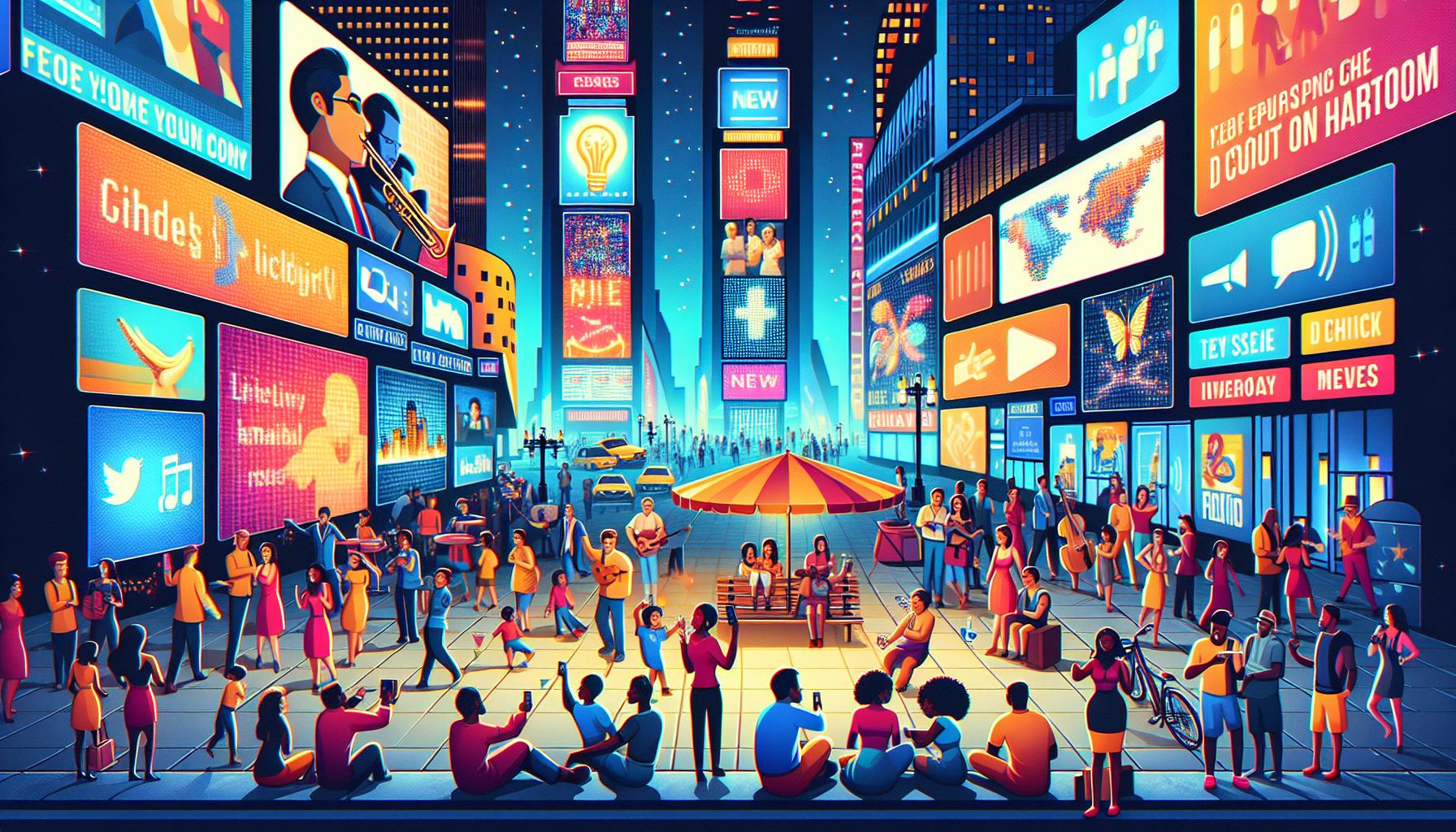
The iconic screens of New York, particularly those radiating in Times Square, are not just digital billboards; they’ve morphed into symbols of the city’s vibrant culture and technological advancement. These screens hold a mirror up to the dynamism and innovation that drive the city forward. Times Square’s screens, for instance, have surpassed their original advertising purpose to become landmarks in their own right, drawing millions of tourists yearly who come just to bask in their luminous glow.
NY screens have played a pivotal role in democratizing art and information, making these accessible to everyone who walks the city’s streets. Digital displays in public spaces, including museums and galleries, blur the lines between high art and popular culture. This synergy has introduced a broader audience to contemporary art and interactive installations, effectively turning the city into a sprawling, open-air gallery.
Moreover, these screens have become crucial during significant cultural and societal events, acting as platforms for public discourse. During moments of political unrest or communal mourning, screens across New York display messages of unity, hope, and resistance. They’ve facilitated a new form of public engagement and collective expression, proving that they’re more than just commercial real estate.
The evolution of NY screens also reflects the city’s commitment to sustainability and modernization. Many screens now use energy-efficient technologies that reduce carbon footprints, signaling a shift towards more responsible advertising methods. This not only serves the environment but also sets a standard for digital innovations worldwide.
In essence, NY screens are at the heart of the city’s cultural identity. Their ability to engage, inform, and unite people showcases the unyielding spirit of New York. Through these glowing canvases, the city continually redefines the intersection of technology, art, and community.
Conclusion
Exploring the vibrant landscape of NY screens reveals their profound impact on the city’s cultural identity. They’re not just billboards; they’re canvases that display the dynamic interplay of technology, art, and community. As you wander through the streets of New York, especially Times Square, you’re participating in a unique, open-air gallery experience that connects you with the city’s pulse. These screens, with their shift towards sustainability and modernization, not only echo New York’s commitment to progress but also its dedication to fostering unity and public engagement. So the next time you gaze up at these dazzling displays, remember you’re witnessing more than just advertisements. You’re experiencing the heart of New York, a city that continues to innovate and unite through the power of its screens.
Frequently Asked Questions
What is the cultural significance of screens in New York City?
Screens in New York City, especially those in Times Square, are more than advertising tools; they symbolize the city’s technological progress and cultural vibrancy. By showcasing art and information publicly, they merge high culture with popular culture, making the urban environment a lively, open-air gallery.
How do screens in NYC democratize art and information?
Screens in New York City democratize art and information by making them accessible to everyone, regardless of social or economic status. This public display technology transforms the city’s spaces into communal areas where art and important information are freely shared, fostering a sense of inclusion and community among the populace.
In what way do the screens contribute to public discourse and engagement?
The screens in NYC contribute to public discourse and engagement by displaying content relevant to societal and cultural events. This not only initiates conversations among viewers but also promotes a sense of unity and collective engagement in public spaces, making the city’s screens platforms for communal expression and participation.
How have the screens in NYC evolved in terms of sustainability?
The evolution of screens in NYC towards sustainability is evident in their shift towards energy-efficient technologies. This reflects New York City’s commitment to modernization and environmental responsibility, ensuring that the cultural and technological landmark of the city’s screens also aligns with sustainable practices.
Why are the screens in New York considered integral to the city’s cultural identity?
The screens in New York are considered integral to the city’s cultural identity because they are at the intersection of technology, art, and community. They not only showcase the city’s technological advancements and artistic expressions but also unite people by turning urban spaces into communal venues for public engagement, reflecting New York’s dynamic and inclusive cultural landscape.

